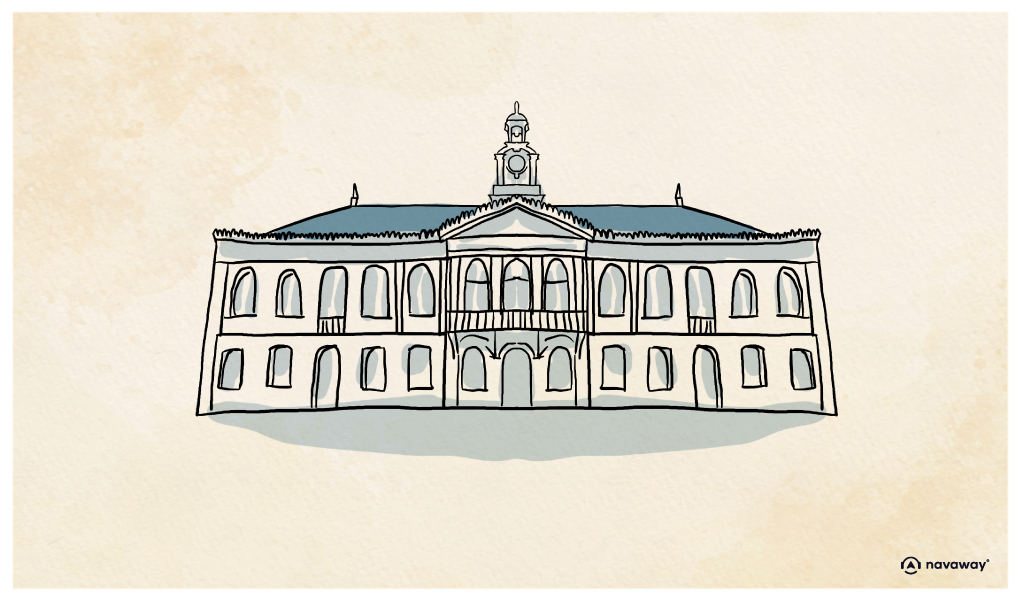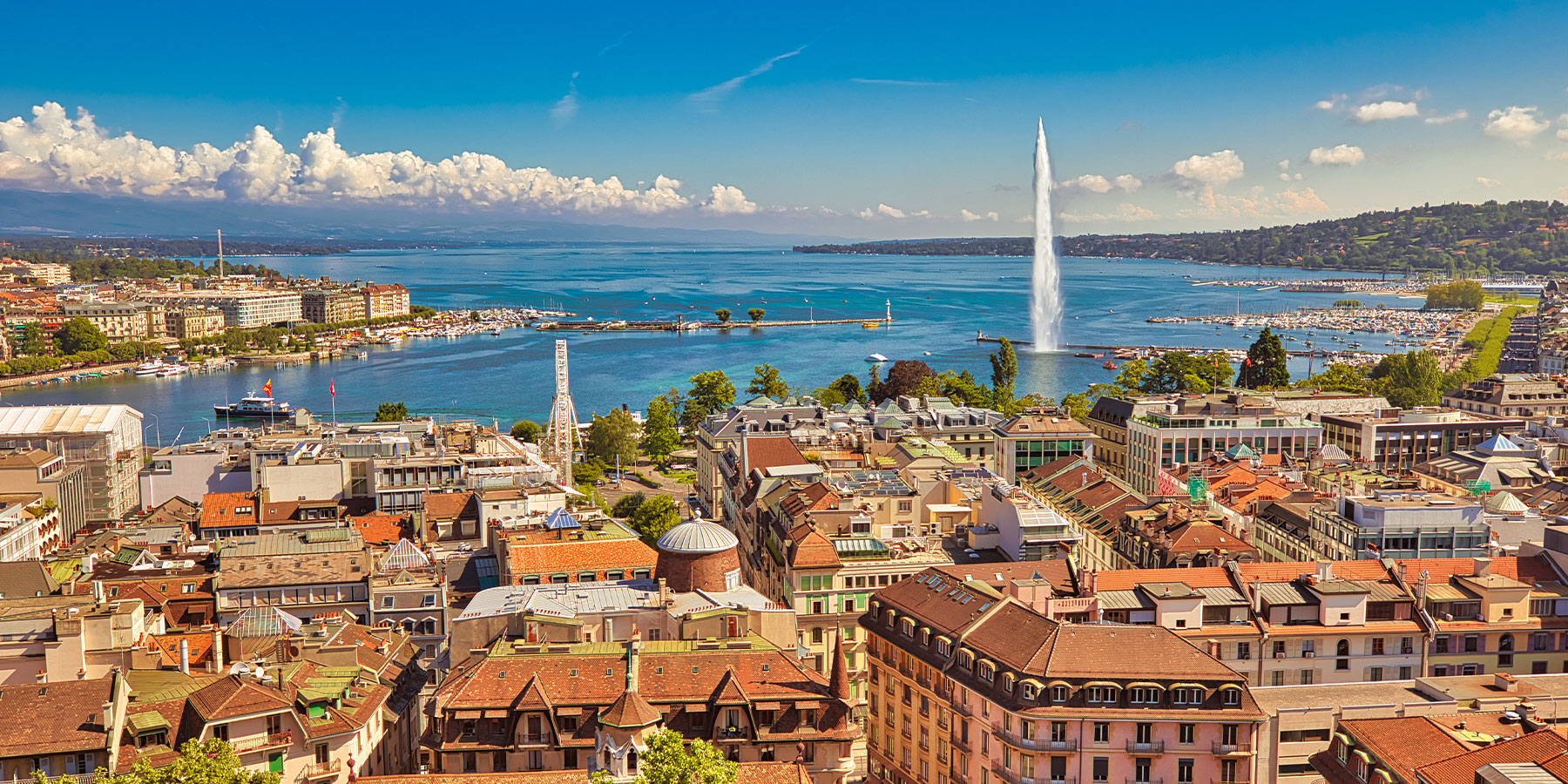
Aimé Césaire Theatre

This point of interest is available as audio on the tour: Visit Fort-de-France, Welcome to the Island of Flowers
This beautiful neoclassical stone building was once the town hall of Fort-de-France, built in 1884. It’s a fine example of traditional Caribbean architecture, with its generous use of wood, the serrated trim along the roof, and its four-faced clock. Take a moment to notice the wrought-iron balcony—that’s where Antoine Siger, then mayor of Fort-de-France, was standing in 1908 when he was shot and killed, fired upon from within the crowd. In 1912, a theater was added to the back of the building, complete with a grand Italian-style hall that could seat up to 800 people. By 1970, the city had outgrown the space and a new, more spacious town hall was built on General de Gaulle Boulevard. However, Aimé Césaire, who served as mayor from 1945 to 2001, chose to keep his office here—even after stepping down—when he was named honorary mayor in recognition of his lifelong commitment. A year after his passing, the building was officially renamed in his honor. Today, it regularly hosts plays, concerts, festivals, art exhibitions, and other cultural events. Since we’ve mentioned him so often, let’s take a moment to get to know Aimé Césaire a little better. His former office has been transformed into a museum space dedicated to his life and legacy. Césaire was not only a key figure in Martinique’s modern history, but also one of the great voices of French literature and a powerful advocate for the dignity and identity of colonized peoples around the world. Feel free to take a seat by the fountain while I tell you his story. Aimé Césaire was born in 1913 in the town of Basse-Pointe, into a modest family. Thanks to the encouragement of his teachers, he earned a scholarship to study in Paris. There, he was admitted to the École Normale Supérieure, one of France’s most elite academic institutions. He became friends with other students from Africa and the Caribbean—many of whom would go on to become influential writers and politicians. Together, they founded a journal called L’Étudiant noir (The Black Student), where the word négritude appeared for the first time. Though the term is often credited to Césaire, négritude became a broader literary and political movement that aimed to reclaim Black identity—taking a word born of prejudice and transforming it into a source of pride. For Césaire, négritude was a rejection of the forced cultural assimilation imposed by colonialism, and a celebration of African heritage, which colonial ideologies had long tried to erase. But his vision of humanism reached beyond race. As he famously said, “I belong to the race of those who are oppressed.” When he returned to Martinique, Césaire became a literature teacher at Schœlcher High School. Around the same time, he made a powerful entrance into the literary world with the publication of his groundbreaking poem “Notebook of a Return to the Native Land”. Though hesitant at first, he eventually entered politics, becoming both a long-serving mayor of Fort-de-France and a deputy in the French National Assembly. In 1941, he co-founded the journal “Tropiques” to challenge the sanitized, exotic stereotypes about the colonies that dominated French literature—a trend he called “doudouism.” Throughout his life, Césaire played a central role in the fight for Martinique’s cultural identity and political autonomy. His death in 2008 prompted a massive outpour of admiration and respect. He was honored with a national funeral in Fort-de-France, and in 2011, he was symbolically laid to rest in the Panthéon in Paris, alongside France’s greatest historical figures. Allow me to leave you with the inscription that now accompanies him for eternity: “Tireless architect of decolonization, builder of a négritude founded on the universality of Human Rights, Voice for those who have no voice—through his writings and his actions, he sought to give the world the strength to face tomorrow.” And these lines of poetry: “I inhabit a sacred wound, I inhabit imaginary ancestors, I inhabit an obscure will, I inhabit a long silence, I inhabit an irremediable thirst.”


Discover Fort-de-France with app
An interactive guide through the most beautiful streets, squares, and districts
14 fun audioguides full of historical facts, anecdotes, and legends





Comments